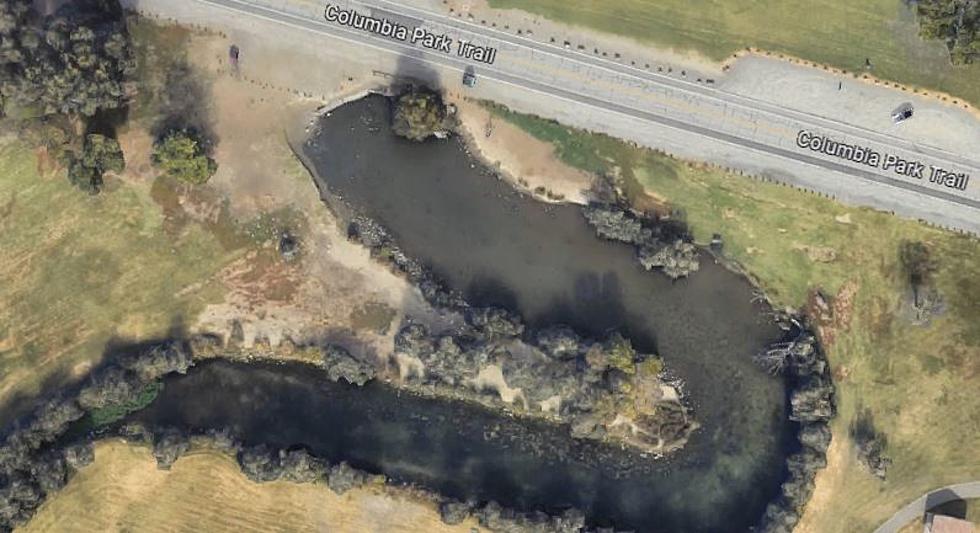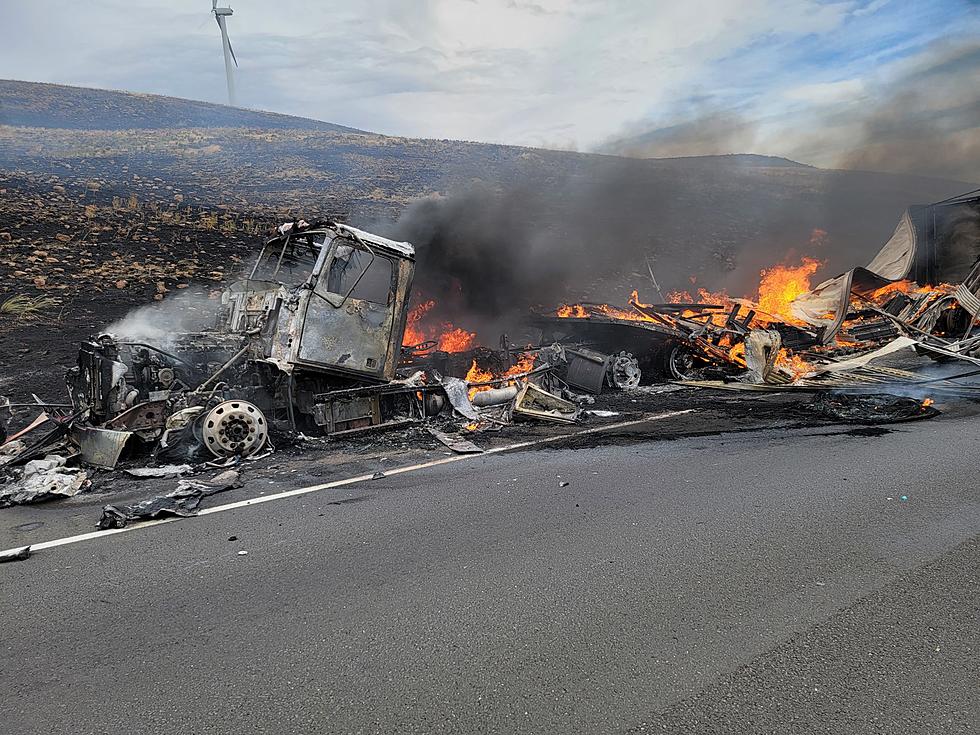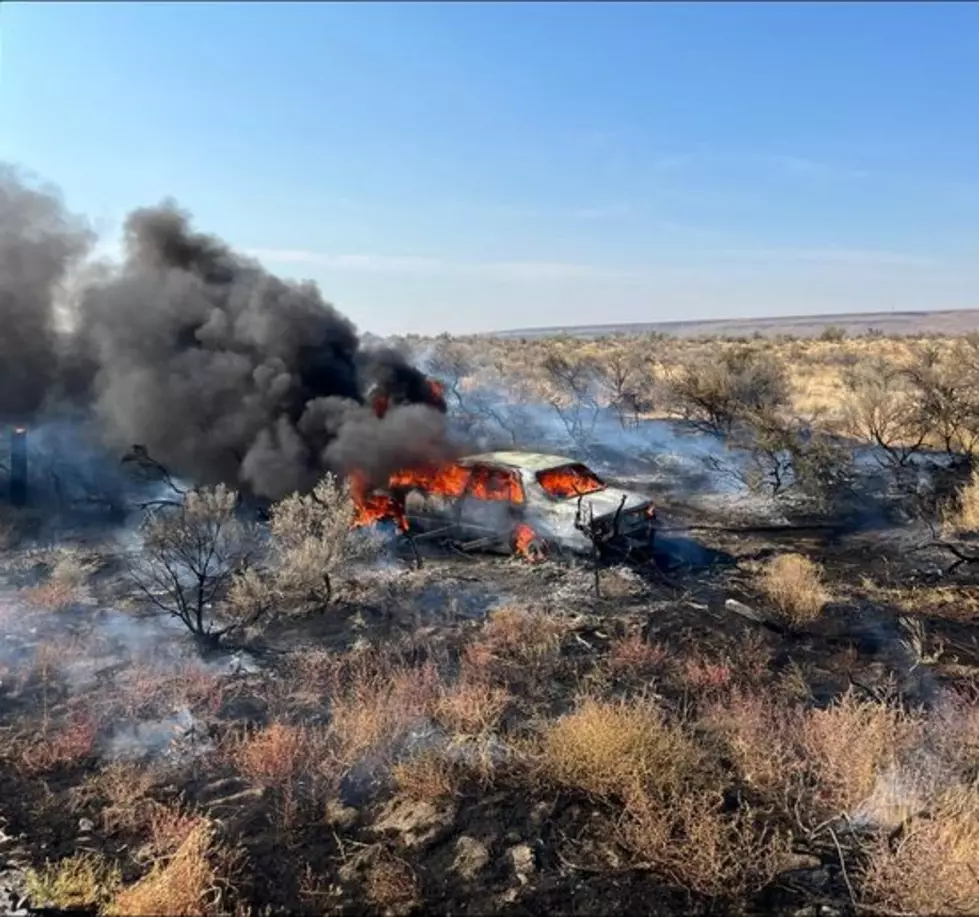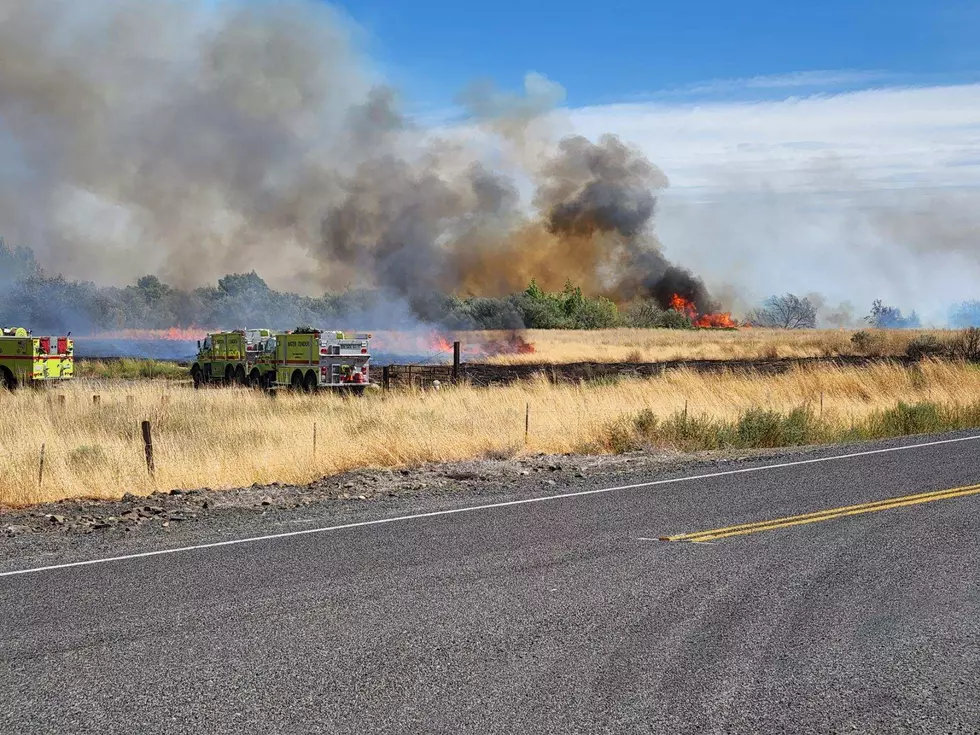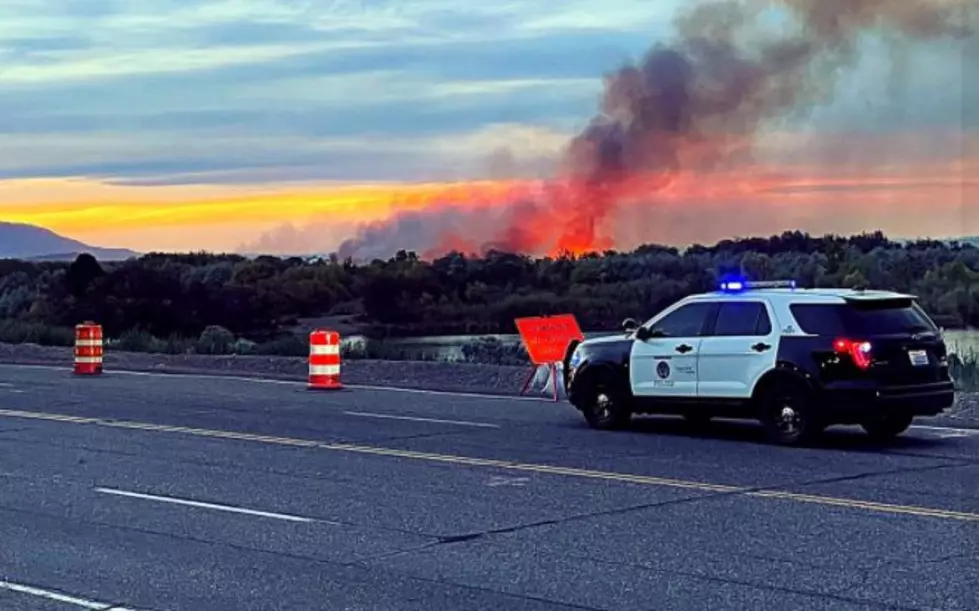
Yakima Delta Fire May Burn for Days, Say Kennewick Police-Fire
As we reported to you on Thursday, a brush fire triggered the massive Yakima River Delta area blaze, and it is still being worked on by crews.
Kennewick Police said late Thursday there's no threat to the public, or Kennewick.
However, you will continue to likely see smoke rising from the area where the Yakima blends into the Columbia, due to heavy vegetation and undergrowth. Due to many parts of this area either being 'off-limits' to people or areas with limited access, there's a LOT of old-growth vegetation, especially close to the ground.

This, plus thick trees and weeds makes suppression and extinguishing difficult. The area is going to see more smoke as there was also fire near Columbia Point from a disables car, that a blaze began after the Yakima Delta Fire.
The thicker the underbrush, the harder it is to knock the fire down to the ground and make sure it's out. It will likely smolder for some time.
LOOK: The most expensive weather and climate disasters in recent decades
More From 870 AM KFLD

